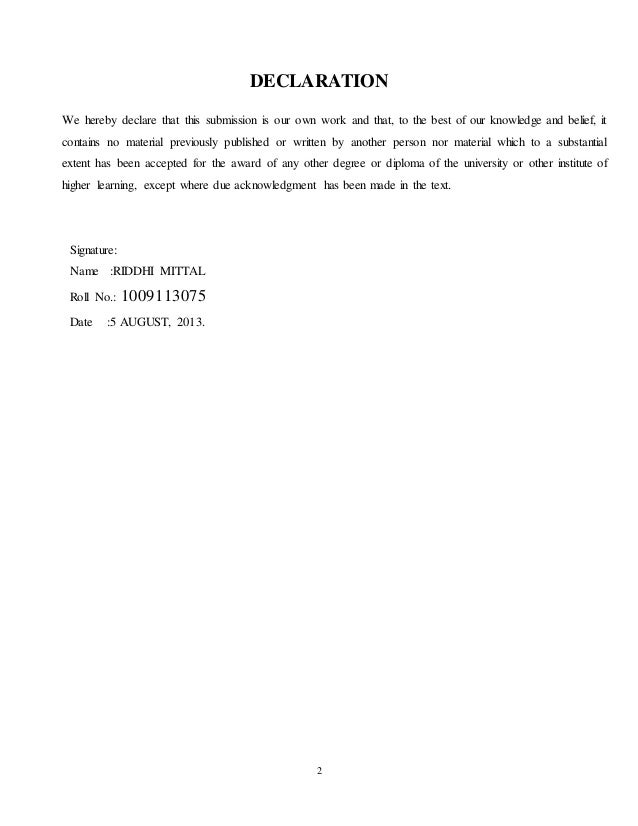


The chemical composition of SSA is complex and reflects to some extent the composition of the seawater from which it originates 9 although enrichment of inorganic 10 as well as organic constituents 11 have been reported. Super-micrometer SSA dominate the emissions by mass but the largest number of SSA is produced in the sub-micrometer size range peaking at dry diameters near 100 nm 2– 8, which implies the presence of large numbers of particles potentially relevant for cloud formation. When entrained air bubbles rise to the surface they burst, and sea spray droplets are released to the atmosphere. In this process, air bubbles are entrained in ocean water. SSA is produced due to stress applied by winds on the ocean surface, which causes waves to form and break. The oceans contribute the largest constant mass of natural aerosol particles to the atmosphere 1 in the form of sea spray aerosol (SSA). Aged inorganic sea salt offers an additional explanation for such a measured reduced hygroscopic growth factor and cloud activation potential. Field observations indicate a reduced hygroscopic growth factor of sub-micrometre SSA in the marine atmosphere compared to fresh laboratory generated NaCl or sea salt of the same dry size, which is typically attributed to organic matter or sulphates. Our findings suggest an increased formation of hydrate forming salts during ageing and the presence of hydrates in dried SSA. The results point towards surface reactions on the liquid aerosols that are more crucial for small particles and the formation of salt structures with water bound within the dried aerosols, termed hydrates. We demonstrate that ageing of liquid NaCl and artificial sea salt aerosol by exposure to ozone and UV light leads to a substantial decrease in hygroscopicity and cloud activation potential of the dried particles of the same size. In the atmosphere, SSA may exist as aqueous phase solution droplets or as dried solid or amorphous particles. The potential changes of the omnipresent inorganic fraction of SSA due to atmospheric ageing is largely unexplored. Sea spray aerosol (SSA) contributes significantly to natural aerosol particle concentrations globally, in marine areas even dominantly.


 0 kommentar(er)
0 kommentar(er)
